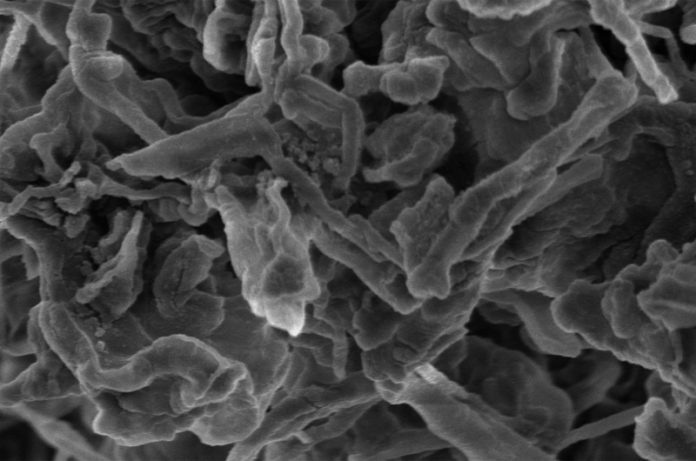
Most of the batteries we use today are made up of lithium-ion. Whether it’s smartphones, laptops, or cars, these batteries are everywhere. The reason why they are so popular and have been in use for such a long time is that they have one of the longest lifespans of commercial batteries that we know about. However, the rise in the number of cases where these batteries are short-circuiting, causing them to melt or explode is a concern and one that simply cannot be ignored.
In an attempt to try and solve this problem, researchers at Drexel University have developed a method that can turn electrolyte solution into a safeguard to prevent any battery-related disasters from happening. The man leading the team in the research was Yury Gogotsi, Ph.D., Distinguished University and Bach professor in the College of Engineering and their work was published recently in the journal Nature Communications. In the paper, the team describes a process in which nanodiamonds curtails plating that can occur in lithium-ion batteries causing them to short-circuit.
Through constant charging time and time again, movement of the ions in between the battery’s electrodes begins to occur. Over a period of time, this can cause buildups within the battery caused dendrites, and it’s these dendrites that are the main cause of malfunction in lithium batteries. As dendrites continue to form, eventually they push through the separator, causing a short-circuit to occur. Sometimes this short-circuit can also lead to a fire as the electrolyte solution found within lithium-ion batteries is extremely flammable. Current battery designs try and avoid this from happening by having one electrode made of graphite filled with lithium opposed to pure lithium. The problem in doing this is that the graphite coated lithium stores around 10 times less energy than lithium in its pure form. That’s why Gogotsi and team’s breakthrough is so successful because dendrite formation can be eliminated when using pure lithium electrodes.
“Battery safety is a key issue for this research,” confirms Gogotsi. “Small primary batteries in watches use lithium anodes, but they are only discharged once. When you start charging them again and again, dendrites start growing. There may be several safe cycles, but sooner or later a short-circuit will happen. We want to eliminate or, at least, minimize that possibility.” Gogotsi’s work involved making sure dendrites don’t grow by ensuring lithium anodes were more stable and lithium plating more uniform. They achieved this by adding nanodiamonds to the electrolyte solution in the batteries.
Nanodiamonds may be much smaller than your typical diamond but they’re great for making metal coatings more uniform and have been used in the electroplating industry for quite some time now. One of the properties of nanodiamonds that researchers found most interesting was their ability to naturally slide together to form a smooth surface, a property very useful for eliminating dendrite formation. The team also described in the paper how lithium ions can attach themselves easily to nanodiamonds so when plating the electrode they do this in the same way the nanodiamonds they’re linked to do.
Eventually, Gogotsi sees nanodiamonds being used widely across the globe in which to produce safe lithium batteries with a high energy density. Initial testing has revealed the new batteries are capable of having a stable charge-discharge cycle for as long as 200 hours, which sounds like a lot but it isn’t. That may be just enough to some industrial or military applications, but nowhere near enough for mobile phones or laptops. “It’s potentially game-changing, but it is difficult to be 100 percent certain that dendrites will never grow,” says Gogotsi. “We anticipate the first use of our proposed technology will be in less critical applications — not in cell phones or car batteries.”
More News to Read
- Meet the Engineer Who 3D Prints Revolutionary Human-Robotic Arms
- Meteor Shower From Dead Comet Sighted Again
- Will Tesla 3 Pre-orders See the Light of Day and Will This Car Create…
- Future NASA Study Will Focus on the Ocean Worlds of the Milky Way
- Quantum Computer Programming: What You Need to Learn to Get Started?
